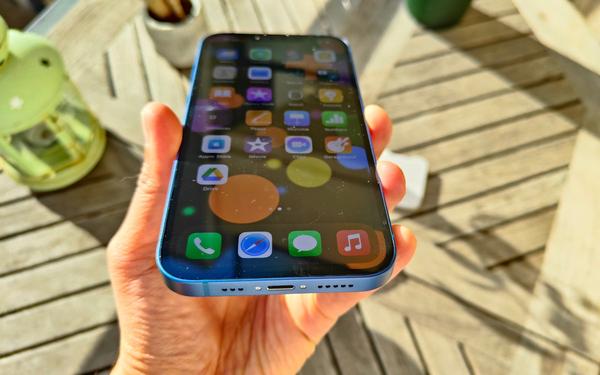Apple refuses to allow third-party repairers to change the screen of the iPhone 13. To force its customers to go through an Apple Store, the manufacturer has integrated a security chip into its new smartphones. Thanks to this chip, the iPhone will deactivate Face ID facial recognition if the touch panel is changed by an unauthorized technician.
Apple has always refused to allow third-party repairers to change the components of its iPhones. The Silicon Valley giant wants all users who need to repair their smartphone to go through an Apple Store or an authorized store. To deter buyers from going through third parties, Apple has long ordered its technicians to refuse the repair, or not any support service, to an iPhone that contains a third-party battery, replaced by an uncertified technician.
In the same vein, the American firm has implemented software restrictions to prevent a technician not approved by it from replacing certain components of its iPhones. For example, it is not possible for a third-party repairer to change the screen of an iPhone 13, 13 mini, 13 Pro and 13 Pro Max.

Also read: Apple refuses to help independent stores repair its products
How does Apple prevent unauthorized repairers from changing the screen of an iPhone 13?
If Apple realizes that the touch screen has been changed by an unauthorized technician, Face recognition ID will simply be blocked. On iPhone 13s running iOS 15.1, a notification will simply appear on the screen: “Failed to activate Face ID on this iPhone”. Terminals that are still running iOS 15 are not entitled to a warning but Face ID is blocked regardless.
After a long investigation, iFixit realized that it is a tiny chip placed under the screen which is responsible for this blocking measure. This chip is dedicated to pairing the screen with the iPhone 13. Repairers authorized by Apple must activate the component with a dedicated tool and register the repair in the company's database. Above all, the serial number of the touch screen and the iPhone must be synchronized. Without it, the smartphone will not recognize the screen and Face ID will be unavailable.
According to experts surveyed by iFixit, a minority of repair shops have managed to circumvent this new measure. This long and tedious operation consists of transferring the chip from the old screen during replacement. This way, the iPhone does not identify the touch screen as new. To achieve this, it takes more than 30 minutes for an experienced technician equipped with the appropriate expensive tools. “If every screen repair involved this much work, I would give up,” says one repairman interviewed by iFixit.
Source: iFixit
